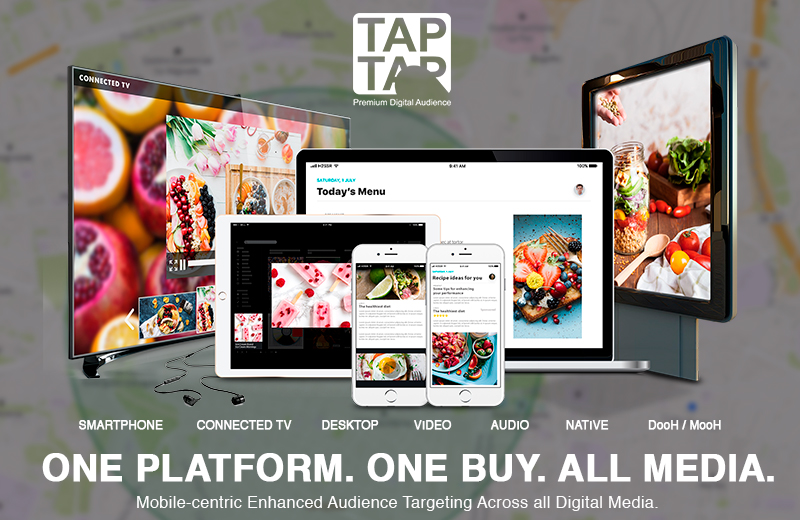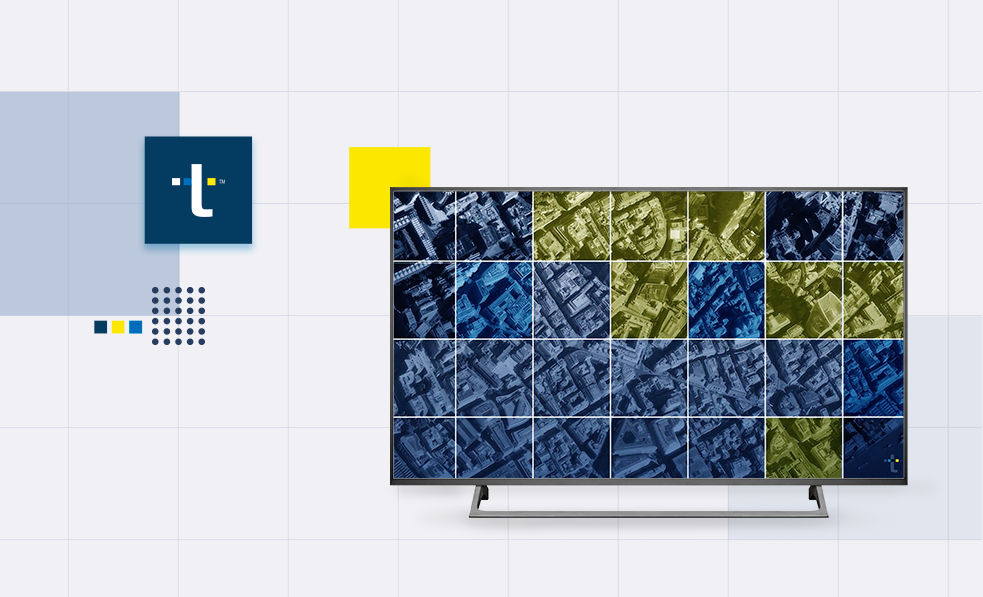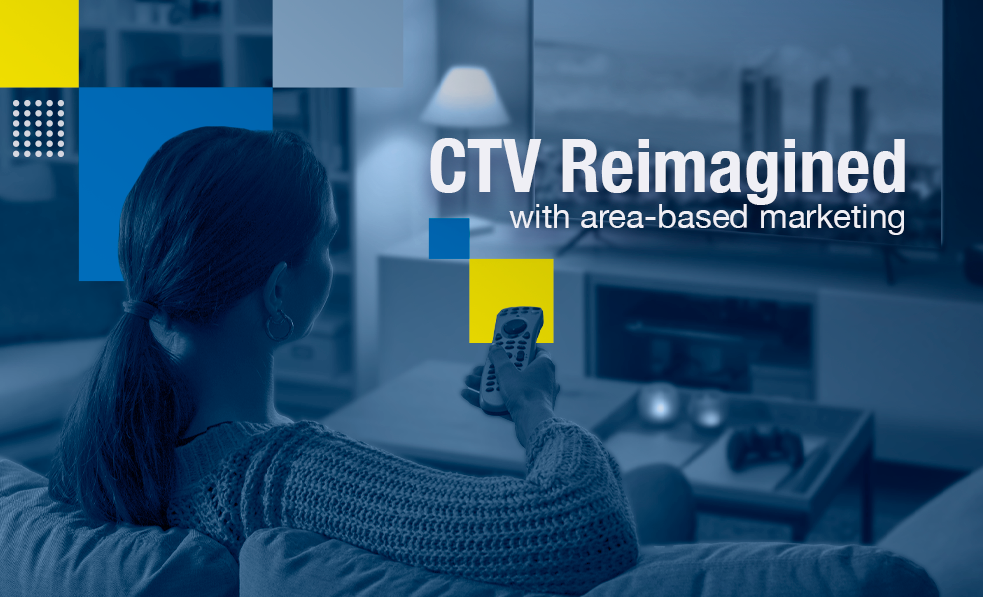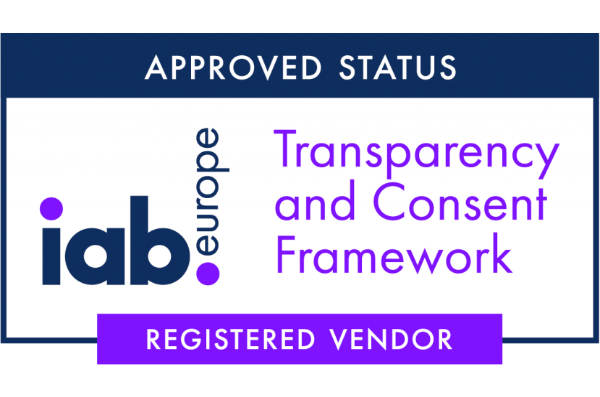We know that mobile devices represent a crucial point of contact (touchpoint) in almost every step of the way towards a purchase (customer path-to-purchase journey). Starting from the trigger or necessity that initiates this process, until reaching the final decision or purchase, mobile devices have a fundamental role in influence, interaction, momentum and relevance that we can’t stop addressing and analyzing.
The new trend in advertising places the user as the axis of their actions, presenting a new paradigm in the advertising market. To date, the enormous effect of branding and awareness offered by offline media has not been interconnected, with a deep capacity for segmentation, interaction and measurement of digital media, especially the mobile medium. Little by little, we’re seeing the great value that mobile-centric strategies provide with the aim of interacting with users in all phases of the purchasing funnel, and through all possible media. These interactions are cross-media and cross-device, but are increasingly digital in nature. In turn, all this allows us to move from a less effective mass-media communication (1 to N), to a more personalized one that impacts the user at the most appropriate time (1 to 1), reaching a more effective and relevant communication or interaction .
In Sonata (DSP & DMP), thanks to our own technology, we’ve managed to evolve our processes of analysis and data processing, in order to build audience profiles and pre-bid systems with a greater degree of specialization, depending on the specific moment of the purchase process an individual user is in. We start with unsupervised models of machine learning (clustering) to further refine algorithms based on supervised machine learning models, where we include samples of real data, as well as real advertising interactions for each vertical or category and, of course, all the research and knowledge of the user by the brand. Of course it’s important to know how to incorporate and weigh other external data sources, such as the DMPs of the brands or agencies, or data providers of another nature (telco, social media, consumption affinity...).
A key variable of immense value, both for carrying out the segmentation, activation and attribution of audiences at digital and offline levels, and for implementing mobile-centric strategies, is the location. For this, Sonata boasts an audit and classification system for the location signals available in the advertising ecosystem called LQI (Location Quality Index). Thanks to artificial intelligence and the daily analysis of billions of pieces of data on a global scale, Sonata’s adept system is able to discard all data of fraudulent origin or of low quality, taking into account not only the location of the user, but also dozens of additional variables, such as advertising interactions (clicks, videos...), viewability, creative placement, origin and quality of the medium, etc. Everything in this data ecosystem allows us to know the moment the user is in, and generate a behavioral profile, both digitally and physically (offline).
But, what advantage does the implementation of mobile-centric digital strategies offer us in our offline media campaigns? Specifically, I’d like to talk about the interaction with the external environment (OOH), which we similarly extrapolate and execute in the other two vast offline media, TV and radio. In Sonata, we’ve developed an innovative module of audience forecasting or volume analysis according to several parameters, based mainly on their taxonomy or profile, as well as their location. This tool allows adding a new dimension of dynamic data, in real time, to the traditional exterior programming, achieving segmentation in a more precise and relevant way.
Nonetheless, this first nexus is just the beginning in an evolution of external digital campaigns that seems unstoppable. With the aim of amplifying the impact of branding and awareness of the external environment, and with the idea of executing a digital extension of the audiences in a more precise and measurable way, Mobile Out of Home solutions emerge. This activation of the audience in a digital way, allows us to take the audience engagement one step further, and interact in a much more precise and concrete way through dynamic creativities. Thanks to the knowledge we have of the audience, we understand if it’s more appropriate to carry out an awareness action or if, on the contrary, that the user has shown a greater attraction to the product or brand in particular, and it’s more convenient to impact them with a more useful or relevant message about the product or the brand.
However, it doesn’t end here. To close the cycle, so that the interaction between the mobile environment and the external environment is more powerful, we’ve successfully connected our audience recognition and analysis systems with Digital Out of Home systems (DOOH) via API. In this way, all the knowledge and intelligence data acquired from user interaction with all media can be applied to dynamically optimize the creative content of the screens, applying the contextualization and amplification provided by the mobile medium, to the external medium itself. All this in order to maximize the effectiveness of advertising and find a better response from the users.
On the other hand, Sonata relies on an innovative system that allows for the analyzing and measuring of a new attribution model, more specifically measuring the return on advertising investment (ROI or ROAS) and its contribution in terms of generating visits to the point of sale. That said, thanks to Sonata, we can measure all user interactions with digital and offline media (OOH, TV and Radio) and the subsequent advance into the funnel, from the point of conversion up to the point of sale. This allows us to have a unique view of the user, adding this model to the already known digital conversion models. All this generates new tools and new data sources from which to learn and feed back into the "always-on" strategies, achieving better profiling, more relevant activation and therefore better results, both digitally and physically.
Ultimately, Taptap's platform and technology, Sonata, evolves, being able to implement solutions and strategies beyond the digital and offline borders. But it’s not about completing or unifying a vision about media. It’s about concentrating the media around its natural nexus, the user. Being able to identify the user as the fundamental axis of any conversion or sale process, beginning with abandoning the language of advertising, to make way for models oriented to real business objectives.
Álvaro Mayol
Partner & CTO

















